Director and actor Satish Kaushik’s latest film Kaagaz, starring Pankaj Tripathi in the lead role, tells the story of a common man’s 18-year-long fight against bureaucracy and corruption to prove that he is alive.
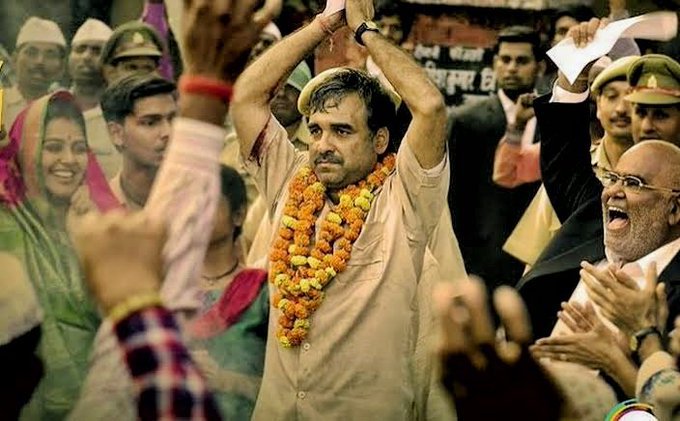
Yes, a living man had to prove that he’s alive because he was declared dead in the revenue records.
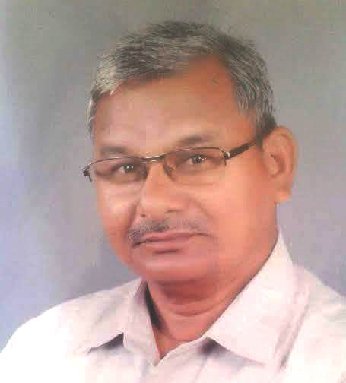
Born in 1955, in Khalilabad, Lal Bihari was just 8 months old when his father passed away. Following his mother’s remarriage, they moved to Amilo in Mubarakpur, Azamgarh. Devoid of formal education, Lal Bihari learned to weave Banarasi sarees and worked as a child labourer.
At 21, he went to a bank to get a loan for starting his own handloom. When he was asked to present a caste certificate, he approached the administration only to know that he had been declared ‘dead’.
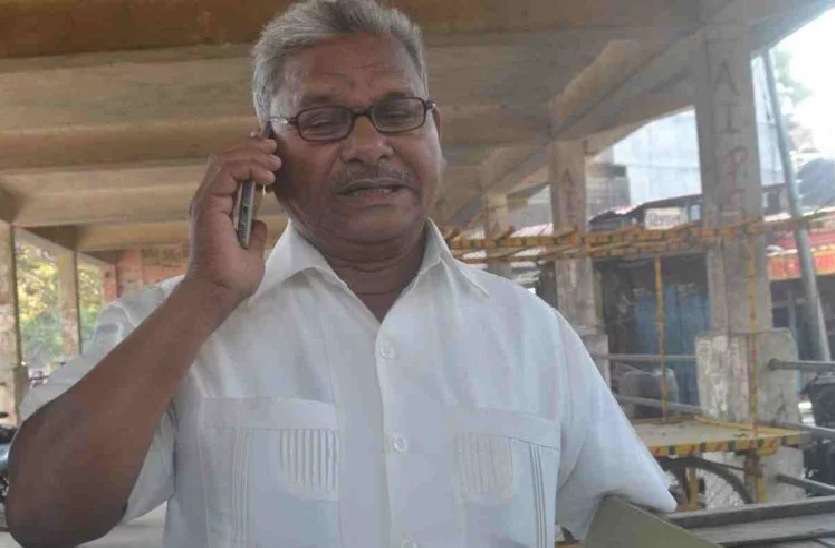
In conversation with The Better India, he recalled:
The officer in Khalilabad, who I had friendly relations with, pronounced me dead while I was sitting in front of him. Very casually, he produced papers that declared me as having been dead since July 30, 1976. The property then rightfully went to my uncle. Despite providing all identity proofs, the officer refused to entertain me.
His uncle took advantage of the fact that he was not living in his village anymore and proved him dead. When the local administration refused to help him, he approached lawyers, who only duped him of money or made fun of him.
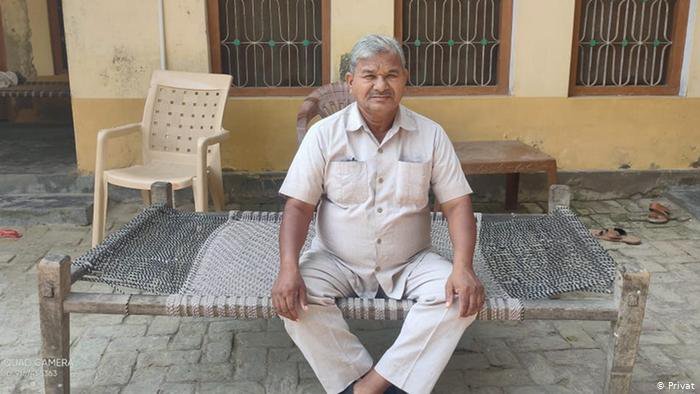
With the only intention of getting his name into government records, Bihari tried several tactics that are also shown in the film brilliantly. From kidnapping his uncle’s son to bribing a police officer just to get an FIR registered against him, he tried everything, but in vain.
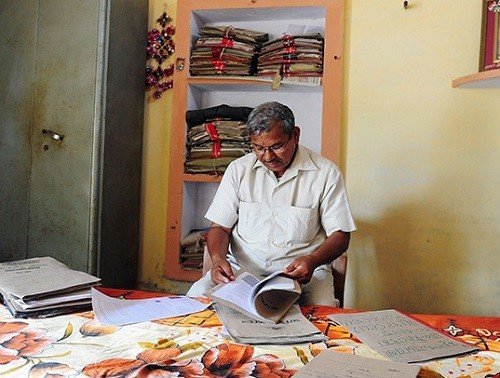
He even organised a mock funeral and gained the local media’s attention. Once, he arranged for a visitor’s pass and protested inside the state assembly during the question hour and shouted:
Mujhe zinda karo.
Everywhere in the newspapers, Bihari was a popular name now, but still far from being alive.
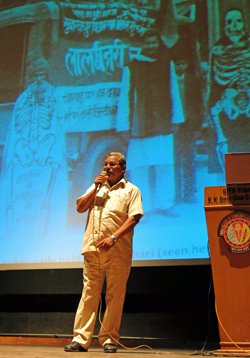
Apparently, he was not the only person in UP who was dead on papers. There were several others. On the advice of a politician, Bihari added the prefix ‘Mritak’ to his name and later started the Mritak Sangh (Uttar Pradesh Association of Dead People) to have a common platform for people facing similar issues.
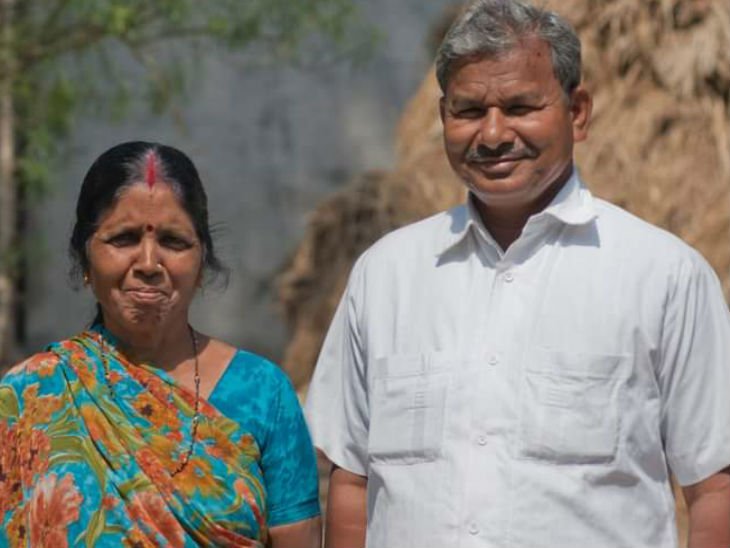
In 1988, he contested the state elections against former Indian PM VP Singh. As many as 1,600 people voted for him. With increased popularity, he went on to fight elections against Rajiv Gandhi, next year.
After a long legal fight of 18 years, he was finally declared ‘alive’ by the district administration in 1994. The land records were fixed and his ‘dead’ status was rolled back.
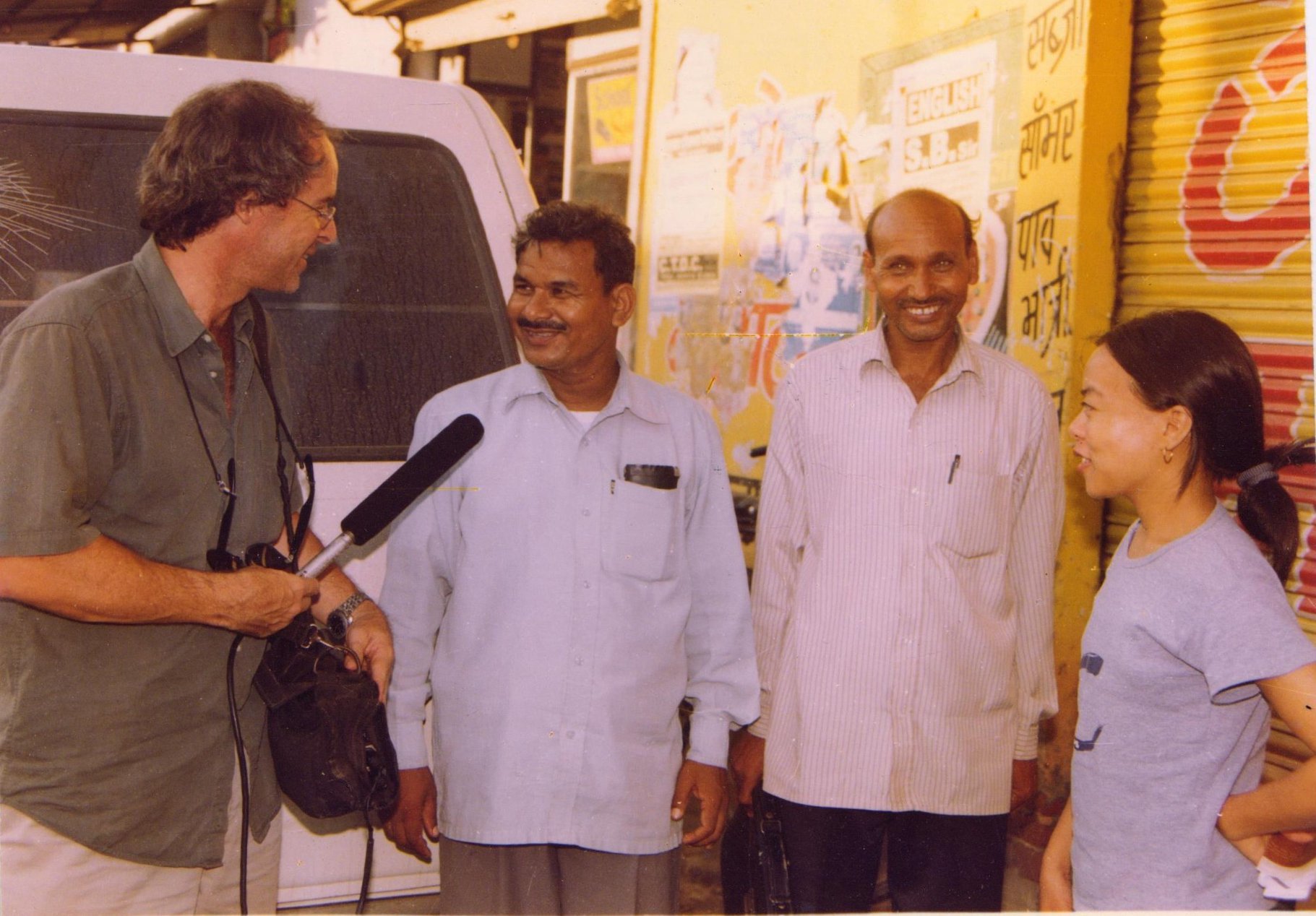
Wait, his story doesn’t end here. He continued his fight to help those facing similar issues through Mritak Sangh that’s active till date.
The impact of his battle was felt later when 5 years after he was declared ‘alive’, the Uttar Pradesh High Court ordered the state government to conduct an inquiry into similar cases and put out an advertisment in the newspaper, asking people to come forward.
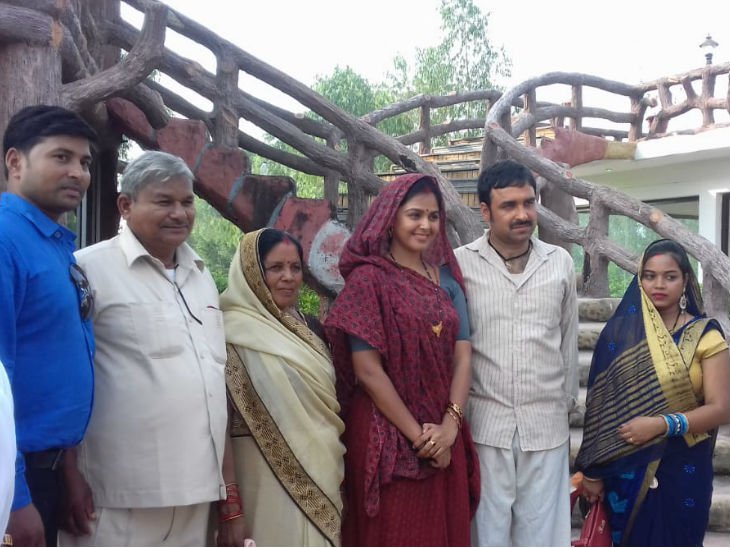
He has helped at least 25,000 people across India, through his organisation and contested elections to local bodies and state assembly 6 times.
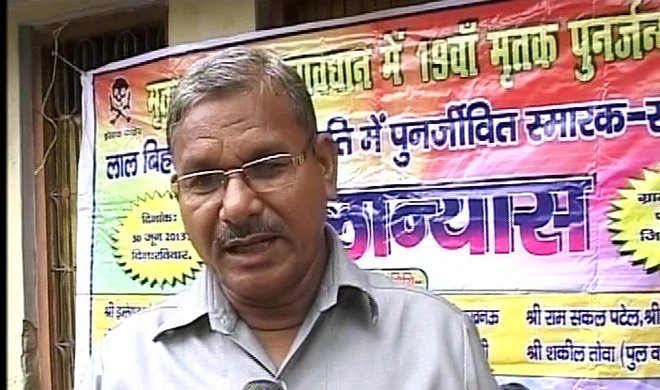
In 2003, the Ig Nobel Peace Prize was awarded to Lal Bihari for 3 reasons – for leading an active life even after being declared legally dead, for waging a lively posthumous campaign against bureaucratic inertia and greedy relatives and for creating the Association of Dead People.
The Ig Nobel Peace Prize honours achievements that first make people laugh, and then make them think.
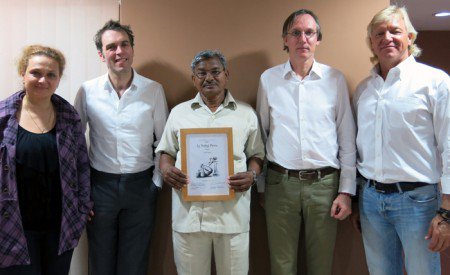
Today, he lives in Amoli-Mubarakpur with his wife and son and is waiting for a verdict from the Allahabad HC on a compensation of ₹25 crore for those 18 prime years of his life which he lived as a dead man.
The years he was deprived of his identity. The years that went by in proving that he was alive.

















